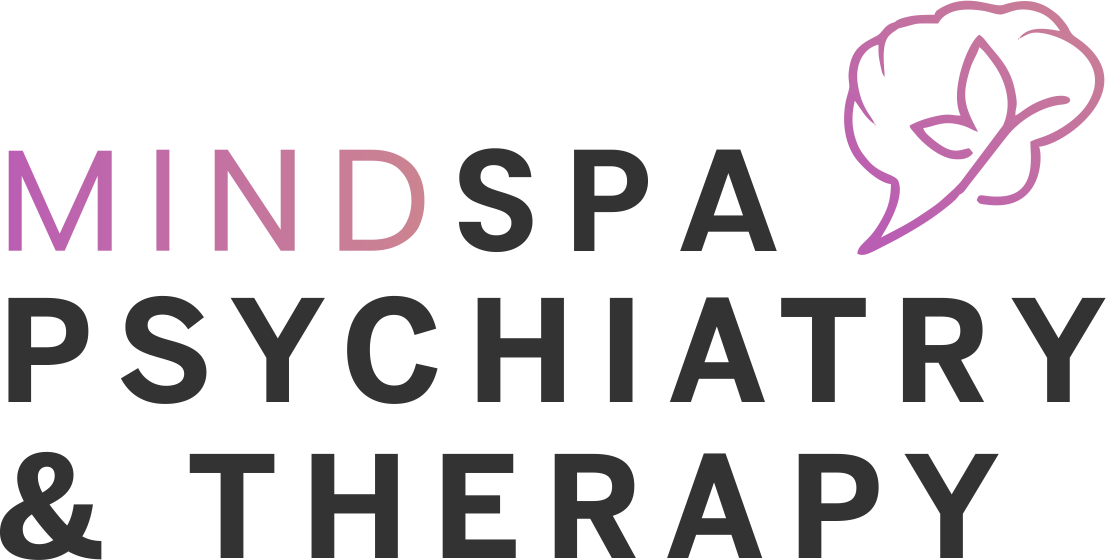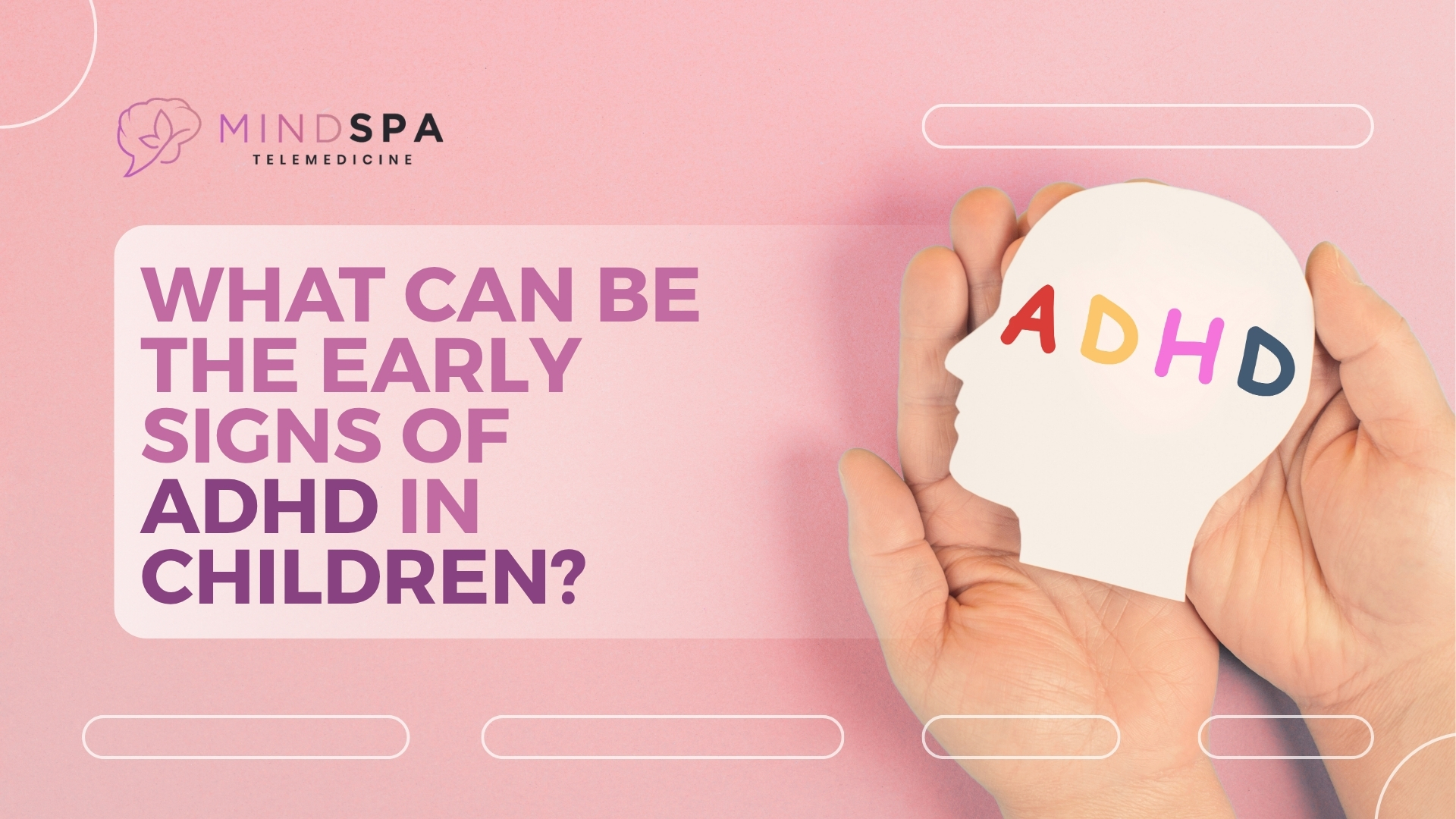Attention-deficit hyperactivity disorder is referred to as ADHD. The way the brain develops and functions varies in people with ADHD. Their capacity to focus, maintain stillness, and exercise self-control may suffer as a result. Children and teenagers with ADHD may experience difficulties at school, at home, and in their friendships.
Even though the symptoms of ADHD appear early in childhood, some people are unaware of their condition until they are older. However, the good thing is that the appropriate treatment can help people with ADHD perform better in all facets of their lives, regardless of the age at which they are diagnosed.
What is ADHD in Children?
Attention-deficit hyperactivity disorder (ADHD) is a prevalent neurodevelopmental disease that commonly manifests in early childhood, usually before the age of seven. Children with ADHD find it difficult to control their impulsive reactions, which might include everything from speech to movement to concentration.
It’s common for kids to act impulsively, forget their schoolwork, daydream in class, or become restless at the dinner table. However, hyperactivity, impulsivity, and inattention can also be signs of ADHD.
We’ve all known children who are restless, never seem to pay attention, disobey directions no matter how well you explain them, or make improper remarks at unsuitable times. These kids are occasionally called troublemakers or chastised for their lack of discipline and laziness. They might, however, have ADHD.
Symptoms of ADHD in Kids
Three types of ADHD exist:
- Predominately inattentive: The majority of this type’s symptoms are related to inattention. This entails struggling to concentrate and maintain a task. It also entails difficulties organizing and maintaining organization.
- Predominantly hyperactive and impulsive: The majority of this type’s symptoms include impulsivity and hyperactivity. Being hyperactive entails having excessive energy and being overly active. Disruptive behavior might be a part of it. Impulsive behavior is defined as acting without considering the consequences or outcomes of one’s actions.
- Combined: This kind combines impulsive, hyperactive, and inattentive characteristics. Both the primarily hyperactive and impulsive and predominantly inattentive forms of ADHD are present in the individual.
Inattentive symptoms
When a child exhibits a pattern of inattention, they frequently:
- Make casual errors in homework or neglect to pay attention to specifics.
- Struggle to concentrate when playing or working on assignments.
- Even when addressed directly, they don’t seem to listen.
- Struggle to follow directions and fail to complete tasks or studies.
- Struggle to keep activities and tasks organized.
- Avoid or dislike assignments that require concentrated mental work, like homework.
- Items such as toys, schoolwork, and pencils that are necessary for duties or activities are lost.
- be easily sidetracked from completing a task by other ideas, activities, or items.
- Forget to complete some everyday tasks, including chores.
Hyperactive and Impulsive Symptoms
A youngster who exhibits a pattern of impulsive and hyperactive behaviors may frequently:
- Squirm in the seat, tap hands or feet, or fidget.
- Find it difficult to remain seated in classes or other settings.
- Always be moving and on the go.
- Climb or run around in inappropriate situations.
- Find it difficult to play or perform an activity in silence.
- Talk too much.
- Blurt out to disturb the person asking.
- Find it difficult to wait for their turn.
- Interrupt the games, talks, or activities of others.
Normal Kid Behavior vs. ADHD Symptoms
It might be challenging to tell the difference between typical “kid behavior” and indications of ADHD. It’s most likely not ADHD if you just see a few symptoms or if they only show up in specific circumstances. However, it’s time to have a deeper look if your child exhibits a variety of ADHD symptoms and indicators that occur in all settings, including play, school, and home.
Although raising a child with ADHD can be overwhelming and upsetting, there are numerous things parents can do to manage symptoms, get beyond everyday obstacles, and improve family harmony.
Preschoolers with ADHD frequently exhibit impulsive actions, such as the risky climb and the shouted insult, because we expect very young children to be quickly distracted and hyperactive.
But by the time they are four or five years old, most kids know how to listen to other people, sit quietly when told to, and refrain from saying whatever comes to mind. Therefore, by the time they are old enough to attend school, children with ADHD exhibit a high level of impulsivity, hyperactivity, and inattention.
ADHD in Girls
Compared to boys, girls are less likely to get an ADHD diagnosis and treatment. It’s even a common misconception that the illness exclusively affects boys. In fact, girls may exhibit distinct symptoms of ADHD that make the illness more difficult to identify.
Girls with ADHD might not appear as impulsive, energetic, or disruptive in the classroom. They might, however, subtly suffer from anxiousness, forgetfulness, disarray, and inability to concentrate. In order to make up for their challenges, girls with ADHD could also employ more effective coping mechanisms, such as working harder on their education.
A lot of girls aren’t officially diagnosed with ADHD until much later in life. They have probably already had to deal with the effects of having an undiagnosed and untreated illness at that point. These repercussions could include marital and academic issues, low self-esteem, or even depression. The best approach is to make sure your child receives the assistance she requires with therapy.
When to Consult a Physician
Consult your pediatrician or other family healthcare provider if you think your child may be exhibiting symptoms of ADHD. A medical evaluation can be performed by your healthcare provider to look for further reasons why your kid is experiencing symptoms.
Your kid might then be referred to a specialist, such as a pediatric neurologist, psychologist, psychiatrist, or developmental-behavioral pediatrician, if necessary.
Final Words
ADHD is not a sign of helplessness or weakness. There are several therapies and medicine to treat this condition. A person’s goals, symptoms, and life stage all influence the best course of action.
At MindSpa Psychiatry & Therapy, we believe in compassionate, individualized care. With the use of TOVA assessment, patients can select the most successful treatment, enabling accurate diagnosis and referral to the most effective treatment.
The goal is to help your kid live as normally as possible, with balance, self-assurance, and mental clarity. This can be achieved with medication, therapy, or both.
Frequently Asked Questions
What causes ADHD?
Even though the precise cause of ADHD is unknown, research is still being done. Genetics, the environment, or disorders affecting the central nervous system during critical developmental stages are some of the factors that may contribute to the development of ADHD.
Can I prevent ADHD in my child?
To reduce the likelihood that your child may have ADHD, steer clear of anything that can impair the growth of your unborn child throughout pregnancy. Don’t use drugs, smoke cigarettes, or consume alcohol. Keep your kids away from pollutants like lead paint and cigarette smoke. Don’t spend too much time on screens. Limiting TV, video games, and other screen time for young children may be a good idea
Does ADHD have an effect on learning?
ADHD has an impact on learning because it makes it harder for children to pay attention in class, forget important details, follow instructions, and complete assignments on time.
How can ADHD be identified?
Your doctor will inquire about your child’s activity, behavior, and health in order to diagnose ADHD. To find out whether there are any other conditions causing the symptoms, your child will probably undergo a checkup that includes a vision and hearing test. If children are old enough, the doctor could ask them to complete behavioral checklists.
How is ADHD treated in kids?
ADHD in kids is treated through behavior therapy, parent training, school support, and medication if needed. Treatment focuses on improving attention, impulse control, and daily functioning.

